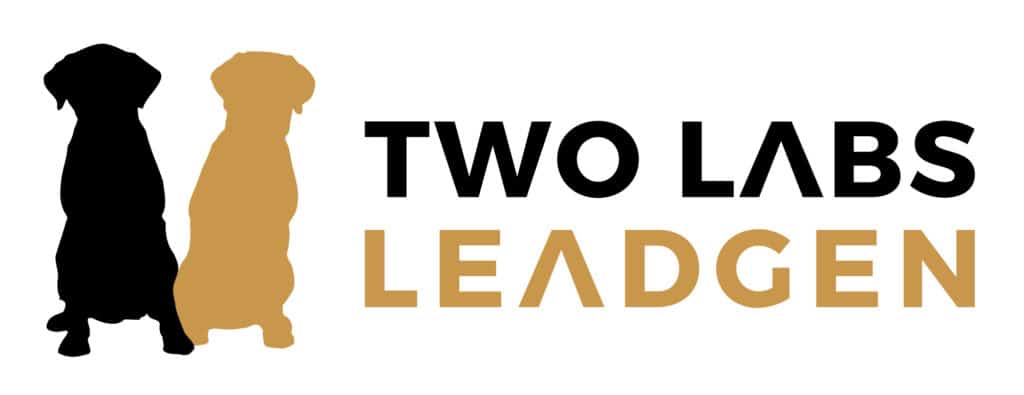Citation Basics and Types
– A citation is a reference to a source, acknowledging the relevance of others’ works to the topic of discussion.
– Citations can vary depending on the type of source, such as books, journals, newspapers, and websites.
– Different citation styles may require a full bibliography or a list of citations in an end section.
Citation Systems
– The Vancouver system, parenthetical referencing (Harvard referencing), and citation-name are main citation systems.
– The Vancouver system uses sequential numbers in the text and provides source detail in footnotes or endnotes.
– Parenthetical referencing uses in-text citations enclosed in circular brackets.
– Other citation systems include the Citation Style Language (CSL) and the Columbia Style.
Unique Identifiers and Methods
– Citations may include unique identifiers based on the type of work, such as ISBN for books, SICI or ISSN for periodicals, DOI for electronic documents, and PMID for biomedical research articles.
– Some works have their own citation methods, such as Stephanus pagination for Plato and Bekker numbers for Aristotle.
– Citing the Bible involves referencing book, chapter, and verse.
– The ICMJE Uniform Requirements for Manuscripts Submitted to Biomedical Journals is used in biomedical citation.
Citation Styles in Different Disciplines
– Humanities disciplines use styles such as the Chicago Style, Turabian style, Evidence Explained, Harvard referencing, and MLA style.
– Law disciplines use styles such as the Bluebook, inline citations, the Canadian Guide to Uniform Legal Citation, and the Oxford Standard for Citation of Legal Authorities (OSCOLA).
– Sciences, mathematics, engineering, physiology, and medicine disciplines use styles such as ACS style, AIP style, AMS styles, Vancouver system, and IEEE style.
– Social sciences disciplines use styles such as APA style, American Political Science Association style, modified Chicago Style, and ASA style.
Research and Impact of Citations
– Citation analysis is used to examine the frequency, patterns, and graphs of citations in documents, helping identify important documents and measure innovation attributes.
– The number of times a work is cited by others is an indicator of its relative importance in science.
– Citations can have limitations, such as decay of online sources, citation errors, and plagiarism.
– Citations play a role in research discovery, impact assessment, and the development of IT systems like recommendation systems and Wikipedia. Source: https://en.wikipedia.org/wiki/Citation


